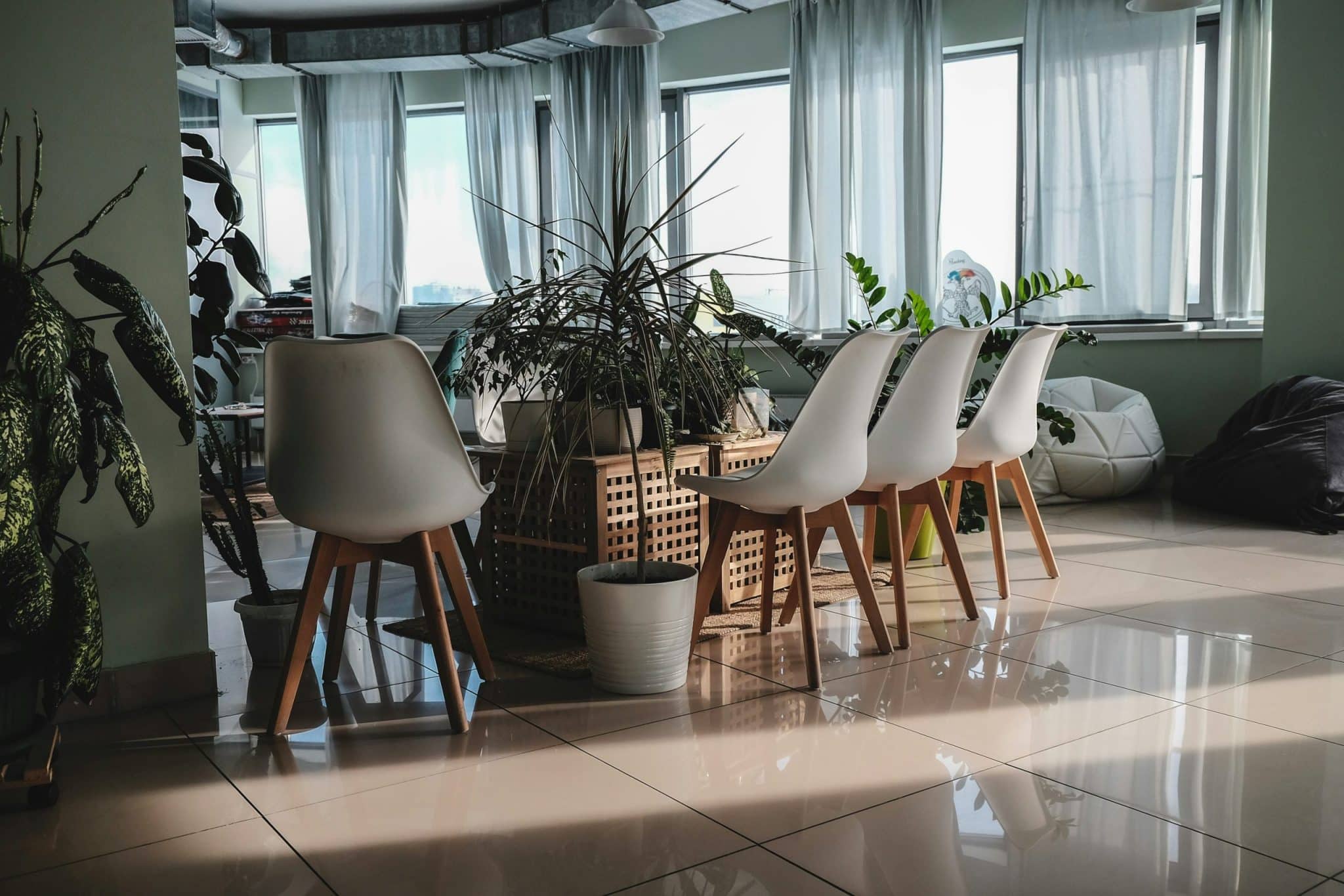Hybrid Work Environments Inspiring New Styles
The traditional 9-to-5 office setting has been the norm for decades, but with the rise of technology and changing work culture, we are seeing a shift towards a hybrid work environment. As companies embrace remote work and flexible schedules, new styles and trends are emerging. From relaxed dress codes to unique office spaces, hybrid work environments are inspiring a new way of thinking about work and productivity.
What is a Hybrid Work Environment?
In its simplest form, a hybrid work environment combines both remote and in-person work. This means employees have the flexibility to work from home or come into the office, depending on their needs and the company’s policies. With this new style of work, employees are no longer confined to a physical office space but have the freedom to work from anywhere. This hybrid model offers the best of both worlds, allowing for increased work-life balance and autonomy.
The Rise of Remote Work
The traditional office setting has been disrupted by the pandemic, with many companies shifting to remote work for the safety of their employees. However, this trend is not new; remote work has been on the rise for the past few years. According to a study by Buffer, 98% of remote workers surveyed would like to continue working remotely, at least some of the time, for the rest of their careers. With the benefits of cost savings, increased productivity, and reduced commute time, it’s no surprise that remote work is here to stay.
Changing Dress Codes
One of the most significant changes in hybrid work environments is the shift in dress codes. While traditional offices often have strict dress codes, remote work allows for a more relaxed and casual approach. The rise of video conferencing has even led to the adaptation of the “business on top, casual on the bottom” look. This change in dress code promotes comfort and individual expression, leading to increased employee satisfaction and productivity.
Innovative Office Spaces
With fewer employees in the physical office, companies are rethinking their office spaces to promote collaboration and creativity. From open-plan workstations to collaborative meeting areas, these spaces are designed to inspire employees and boost productivity. Additionally, companies are incorporating employee wellness into their office spaces, with designated areas for meditation, exercise, and mental health breaks.
The Importance of Flexibility
The hybrid work model has proven to offer employees more flexibility in their work schedules. This means that employees can choose when and where they work based on their individual needs. Some employees may thrive in an office environment, while others may be more productive at home. By offering flexibility, companies can cater to the needs of their employees, leading to increased job satisfaction and reduced burnout.
The Future of Work
The pandemic has accelerated the shift towards hybrid work environments, but it’s a trend that was already on the rise. As companies continue to embrace flexibility and autonomy, we can expect to see more unique styles and trends emerge. From new office spaces to changing dress codes, the traditional 9-to-5 workday is fading away.
In conclusion, hybrid work environments are inspiring new styles, with a focus on promoting flexibility, collaboration, and well-being. As more companies embrace this new way of working, we can expect to see continued changes in the traditional office setting. The future of work is here, and it’s bringing a new level of creativity and productivity to the workplace.










